Walkabout: Marie Zimmermann, Creator of Beautiful Things
This is the second of a series of articles about important and perhaps unknown craftspeople with a Brooklyn connection. The first article was about Sam Yellin, a master metal crafter who worked iron with a sculptor’s hand. There have been some amazing and incredibly talented people in Brooklyn’s history who have created beautiful works that…

This is the second of a series of articles about important and perhaps unknown craftspeople with a Brooklyn connection. The first article was about Sam Yellin, a master metal crafter who worked iron with a sculptor’s hand. There have been some amazing and incredibly talented people in Brooklyn’s history who have created beautiful works that we treasure today. Many aided the great architects who designed Brooklyn’s buildings, while others were born or raised here, and may have left for careers that have nothing more to do with Brooklyn. I especially want to bring to your attention those who may be relatively unknown. I hope these articles inspire you to seek out their works in architecture, museums, or just on line or in books. We have nurtured some amazing talent here in Brooklyn.
Even today, we generally regard metal working as a man’s art. Jewelry making is fine for a woman, it’s delicate and small, but working large objects in metal is hot, sweaty, heavy and often dangerous work, so even in 2013, we expect to see men. Think how difficult and unusual it must have been for a woman seeking to work in metal at the turn of the 20th century. But Marie Zimmermann didn’t care what people thought; she just wanted to create beautiful objects. And create, she did.
Marie Zimmermann was born in 1879 in Brooklyn, to Swiss-born parents. Her father had made a tidy fortune as a straw importer who sold his raw goods to hat makers. Her parents were highly educated people who believed in education in all forms, and encouraged their four children to follow their own paths. Young Marie had thought of becoming a doctor, and was enrolled at Packer, bound for Vassar, but then she decided to take courses at the Arts Students League, in Manhattan. It was there that she saw an advertisement for a course on metalworking at Pratt Institute. That year, in 1901, she took the metalworking course, and her path in life was set.
Her parents and friends advised against her taking the course, but her mind was set. As the class progressed, she realized that she had an affinity for metal working, both in jewelry as well as cast and hammered objects. She would write that “If you know how to use a hammer, it is not tiring to shape the pieces – the rebound lifts the tool for you. It isn’t all that difficult work for a woman.” She joined the prestigious National Arts Club in Manhattan, and set up her own studios at their historic Tilden Mansion on Gramercy Park. She would keep these studios for more than 25 years.
Zimmermann was active during an important time in the world of design. Her works would span the gamut of the late 19th and early 20th century movements: from the Aesthetic Movement, to Belle Époque’s organic and very feminine Art Nouveau, to the Arts and Crafts Movement, the Egyptian Revival of the early 1920s, through Art Deco and Modernism. She created jewelry, vases, candlesticks, plates and decorative silver, tea sets, and decorative boxes, knives and bowls, as well as larger heavier works like andirons, screens, and cast iron gates.
Her first show was in 1902, at the First Annual Arts and Crafts Exhibit of the Art Institute of Chicago, where she exhibited a gold and mosaic pin and a bookplate. She did not exhibit again until the same show, nine years later. In the meantime, she was a frequent visitor in New York City’s many museums, such as the Metropolitan Museum, which encouraged designers and manufacturers to study the pieces in their collections, and gain inspiration and knowledge from the great works of masters such as Benvenuto Cellini, the great Renaissance sculptor and creator of wondrous decorative objects.
Her membership and rooms at the National Arts Club allowed her the opportunity to hobnob with some of the most important artists of the day. William Merritt Chase, August Saint- Gaudens, and Alfred Stieglitz were all members, as were three ex-presidents and other members of the American elite. Membership allowed her access to these people, and to their ideas and advice. It was an opportunity of a lifetime for a young artist, and she took full advantage of it, learning and making potential client contacts.
And during this time, she honed her artistry. When later asked by reporters about her mastery of diverse materials and skills, she said, “It took me 25 years, with each day of them filled with 10 to 12 hours of work.” To another journalist she said, “It takes work…the old craftsmen were not afraid to work until they got something perfect.”
As she began her commissions, she also began using the objects she created. This gave her the opportunity to fine tune her designs in such a way that brought her even more clients. She would taper her candlesticks so that guests could see each other across a table. She began using Rhodium plating on her bowls and other objects because she found she didn’t want to spend all of her time polishing the silver to make it shine, and her clients wouldn’t either.
Marie Zimmermann’s works spanned many styles and mediums, but were in no way linear. She did what she wanted, no matter the popular style at the moment. Her works run the gamut of a tool-marked silver vessel in the Arts and Crafts mode to clean, angular lines without any ornamentation, a hallmark of Modernism. She eventually had a workshop with six craftsmen who executed many of her designs, and in some cases, did a lot of the heavy lifting. But she oversaw every move they made, and all was done to her exacting specifications.
She sold her works at prestigious art shows, world’s fairs, and other public exhibitions where she won prizes for her work, and the attention that brought customers. Critics and the press began calling her “master of a dozen crafts…perhaps the most versatile artist in this country,” and “the last of the great metal craftsmen…the modern Benvenuto Cellini.” Wealthy people began knocking at her studio door, and in 1924, in Chicago, she received one of her most important commissions: two large sets of mausoleum gates for the Montgomery Ward family and the James Ward Thorne family. The gates would be styled like large pieces of jewelry, large bronze cast doors that would be polished to look like old gold.
The gates were cast in the Roman Bronze Works in Brooklyn, the same foundry that produced the sculptured statues of August Saint-Gaudens, who created the statues above the Arch in Grand Army Plaza, among others, as well as sculptures for Frederick Remington, and others. Ten years later, she followed that commission with a design for a memorial shrine for the Rudolph A. Metz estate, a design that included a shelter with stained glass, mosaics, and wrought iron gates. She also landscaped the grounds. She would later joke that she had designed everything from “tiaras to tombstones.”
In 1910, Marie built her dream farm in rural Pennsylvania, on land owned by her family. She designed an Arts and Crafts house with a sweeping stairway. She filled it with her designs, creating lighting fixtures, tables, sideboards, andirons and candlesticks, silverware, fountains and other objects. She loved hunting, fishing and riding her horses, and spent her best days at this house. Her parents and family would come visit there, and the family was very close. They were also close to Ruth Allen, a flamboyant former Hollywood actress, who was Marie’s companion for many years.
After over 25 years of work, Marie Zimmermann had established herself as one of the foremost metalworkers in the world. She was also one of the most eclectic and individual. Sometimes her work was so avant-garde that she would have shows in which nothing sold, even at the height of her career. But in 1933, her beloved mother died, and she started to slip into depression. Five years later, the rest of her family was dead as well; her father and all three siblings. It was too much, and in 1937, Marie closed up her studios at the National Arts Club, and she and Ruth moved to the farm in Pennsylvania. She kept her ties to the city, and still produced a few works, but mostly worked on her working farm, with livestock and vegetables. Often, her neighbors, who accepted her lesbian lifestyle, would ask her to come over and fix their tractors. After all, she knew metal.
Marie Zimmermann retired, and enjoyed her life on the farm, filling her days with guests, her siblings’ children, and Ruth, who lived with her until she died in 1969. She championed women’s education and other issues, and enjoyed her outdoor hobbies. As she got older, she moved to Florida for the winter, and then permanently. She died on her birthday in 1972, at the age of 93.
Today, her great-grandnephew, John C. Zimmermann III has all of her business papers, and one of the largest collections of her work. The Met and other important museums have works, as do many private collectors. Her story and works can be found in a book called “The Jewelry and Metalwork of Marie Zimmermann, published in 2011. Marie’s farm is now a protected historic site, on the National Register, and is being restored. The group, the Friends of Marie Zimmermann, plan a house museum and exhibition space showcasing Marie’s art, as well as her life and family. According to their website, they hope to open in 2014.
Some of the information for this article, and photographs of Marie Zimmermann’s work, comes from an article by David Cole, originally published in Metalsmith Magazine, reprinted on ganoskin.com. The complete article can be found here.


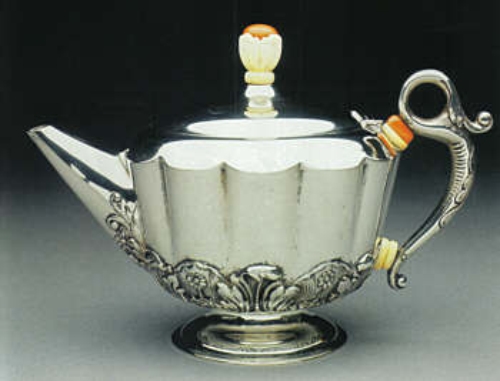


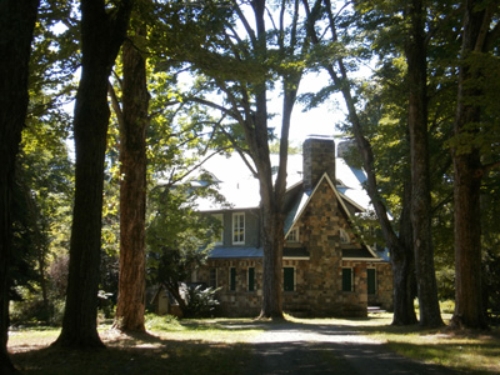

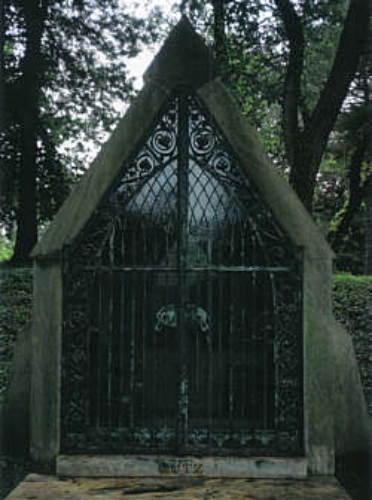

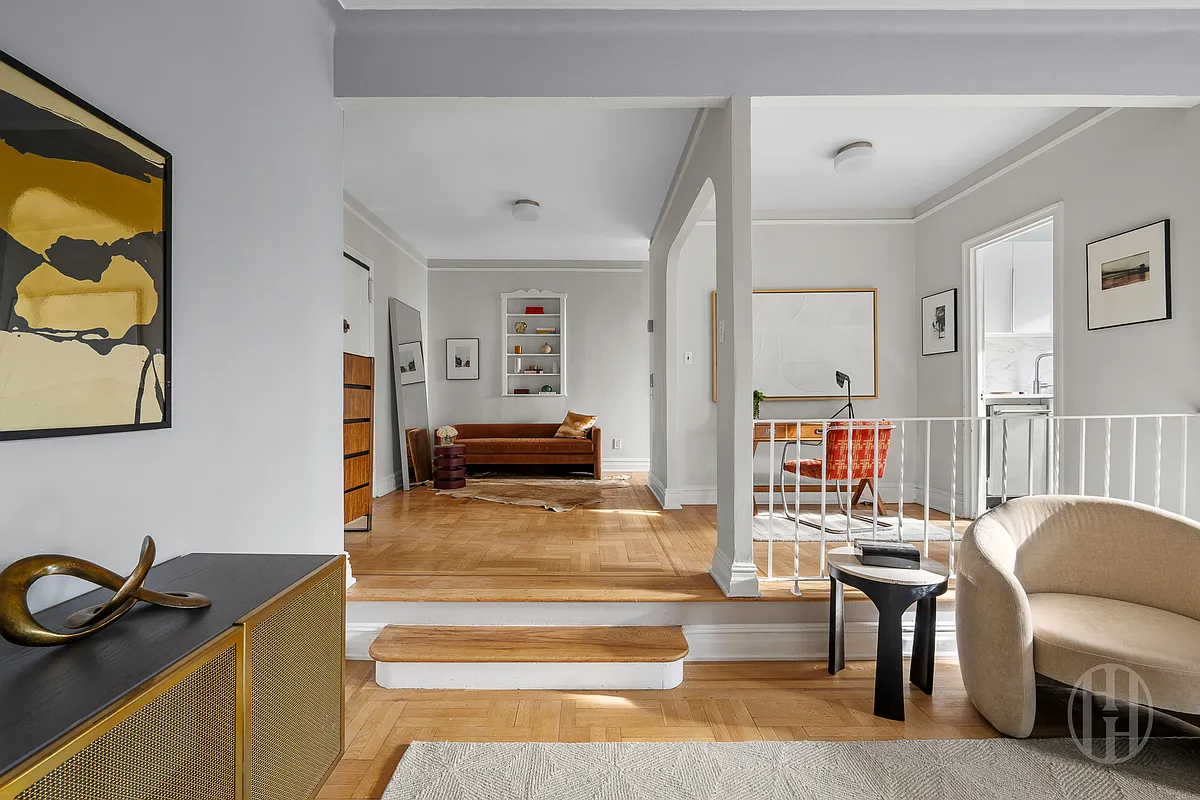
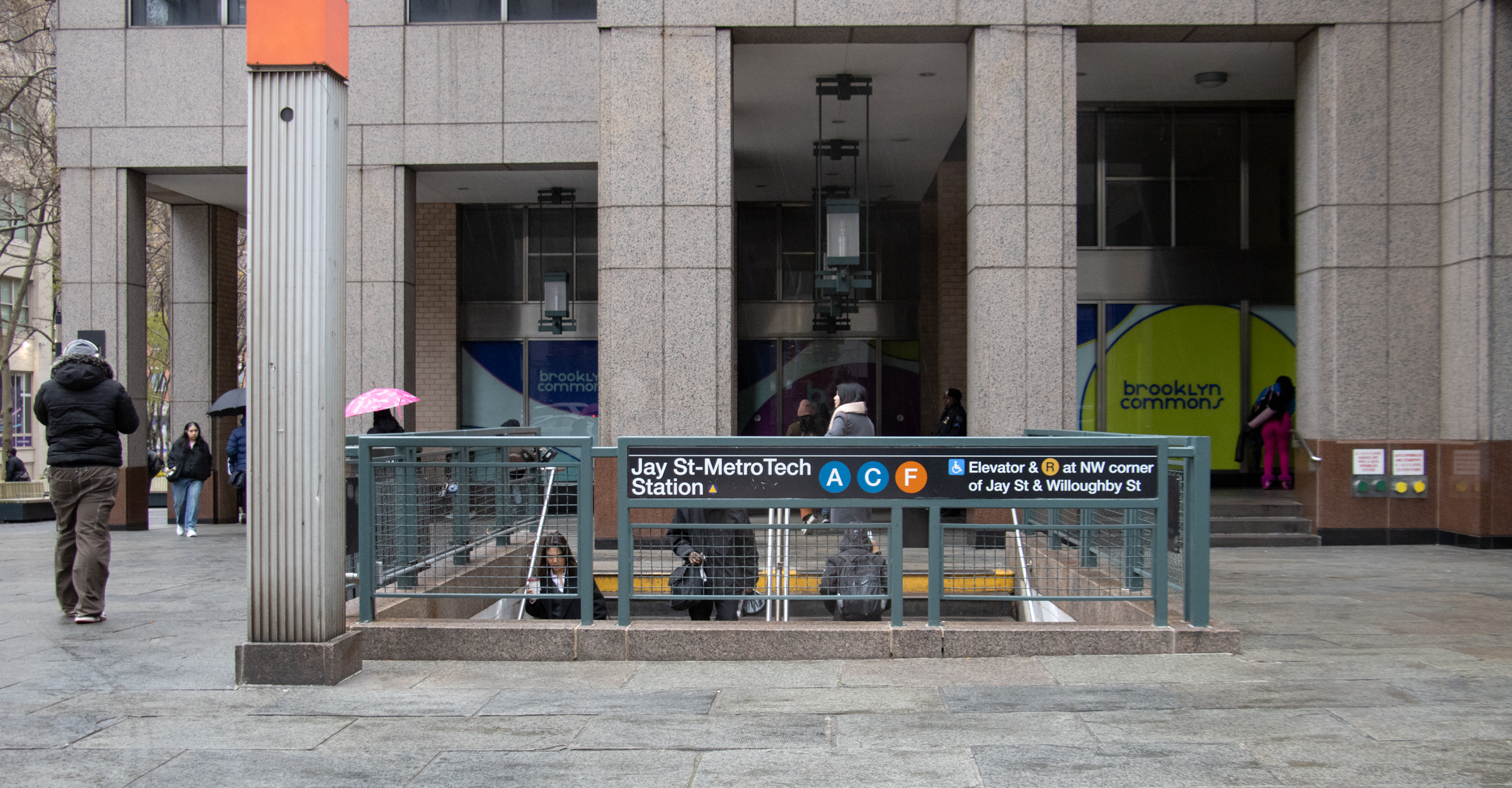
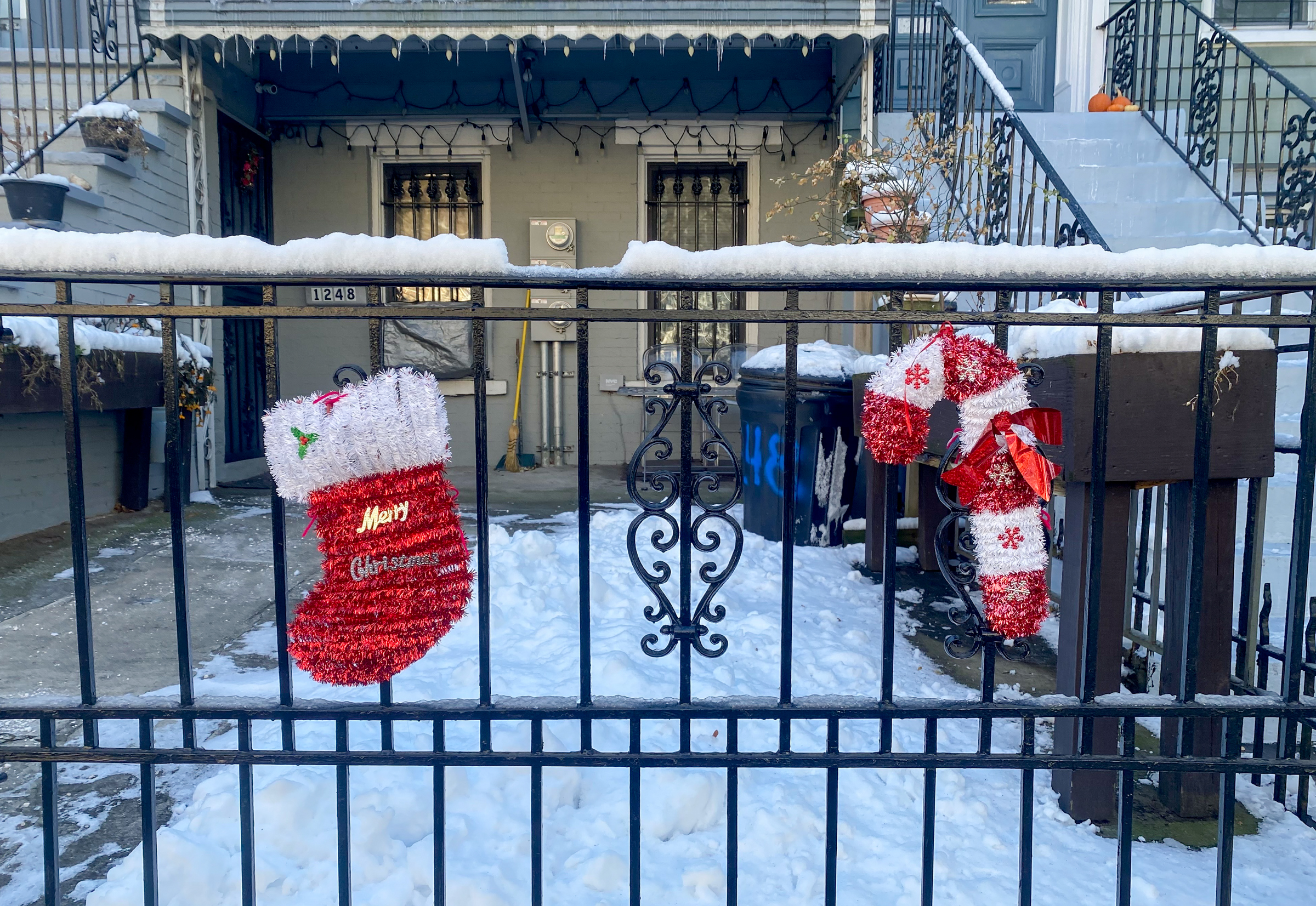
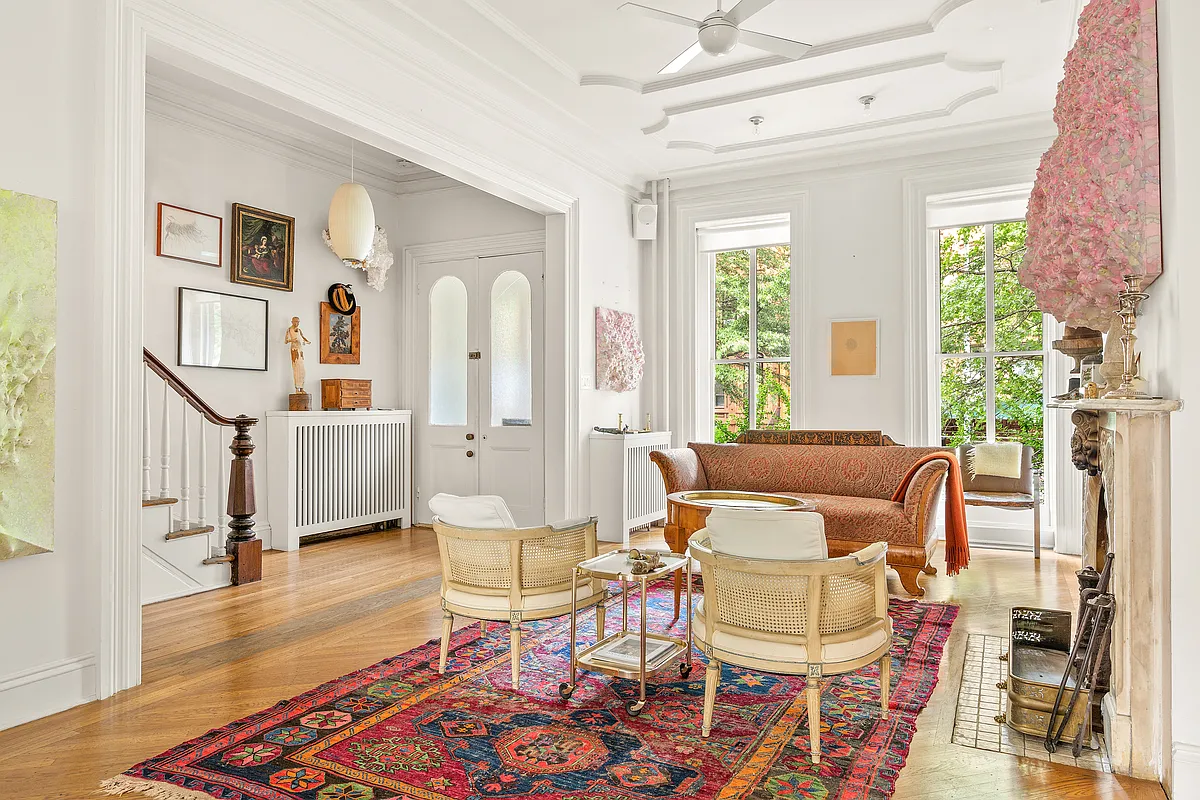
I knew nothing of Zimmerman before- thanks! Her work is breathtaking! I definitely want to see more of it. That lily vase is gorgeous!